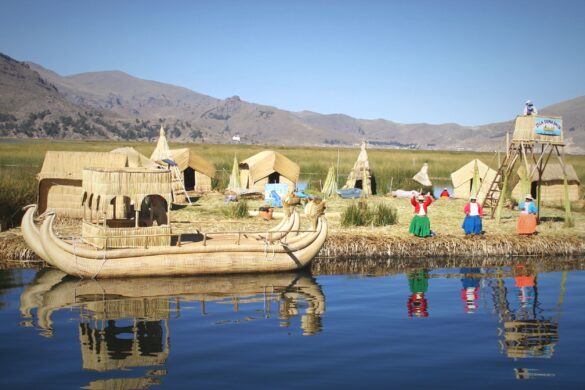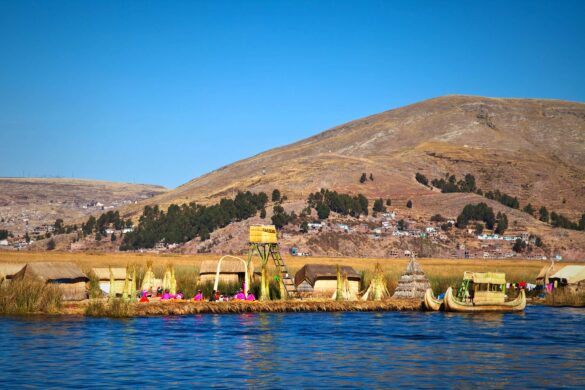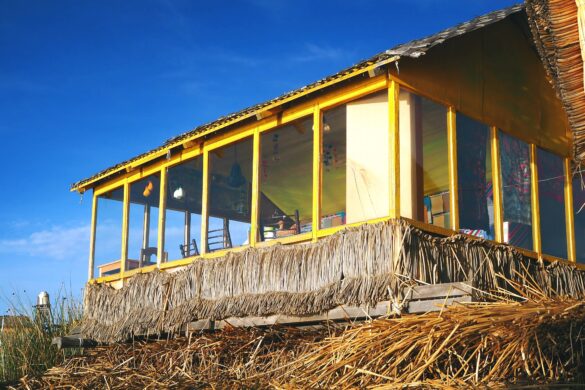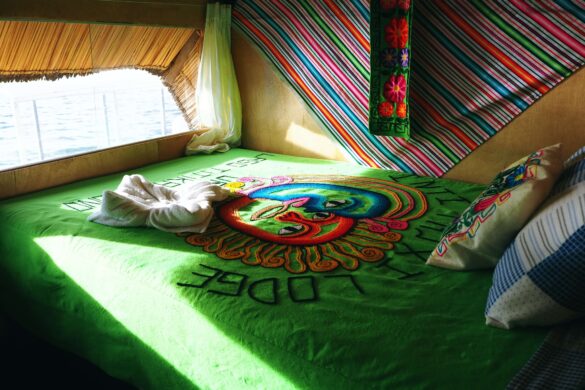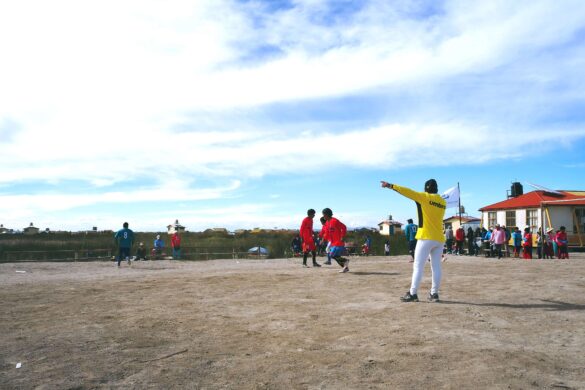最後更新/Last Updated:2025-03-19
Thanks to Airbnb, I had the opportunity to stay on the Uros Floating Island!
Contents
◦ The Origin of the Floating Islands
On Lake Titicaca, there are currently a total of 95 floating reed islands, and the history of these islands can be traced back to the 13th century. At that time, the Inca people invaded the Uros tribe, forcing the displaced Uros to live on the water and construct floating islands made of reeds. The advantage of constructing islands using reeds was the ability to relocate the islands to avoid attacks during enemy invasions. Today, with the reduction of external threats, most islands have become fixed on the lake bed and have formed settlements.
◦ Lifestyle of the Residents
Upon arriving in Puno, the host paddled a boat to welcome me. Before stepping onto the island, the host took me around its perimeter and gathered some reeds on the way home.
During dinner, the host shared with me how they obtain their food. Here, they fish, hunt ducks, and trade these goods with people from other regions for quinoa, corn, and other grains, or sell them in the market.
After finishing the meal, I quickly took a bath using the limited water resources, and then enjoyed a good night's sleep amidst the rhythmic fluctuations of the lake.
◦ Neighbors
On other islands nearby, there are restaurants, schools, shops, hospitals, and sports fields. People living on Lake Titicaca navigate their own small boats, shuttling between islands to meet their daily needs.
Uros Amaru Marka ➤ Book Now

